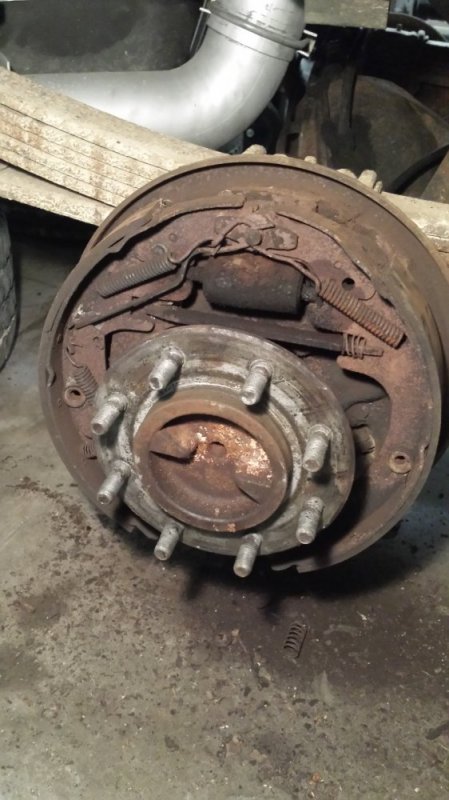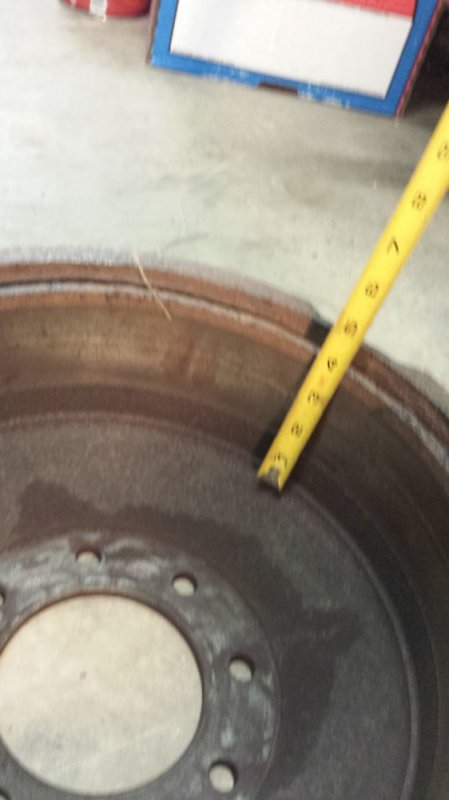Will L.
Well-Known Member
Frc10 is the better answer IMO. If you end up building the rest of the truck beyond the capabilities of that pump, then you won't mind the extra cash at that time because it will be a $7,000 truck.
Follow along with the video below to see how to install our site as a web app on your home screen.
Note: This feature may not be available in some browsers.
I like some of the features of the FASS pump, filter, heater combo. I'm sure its not flow on fail, but looks like a good system http://www.fassride.com/
I'm afraid a FASS system at $600 is a little over board for my truck thats worth about $700...
I think I"ll just go with the Walbro FRC10, with a remote prefilter with 4 ports so I can add heat probes. Any other better Ideas are greatly appreciated. thanks.

